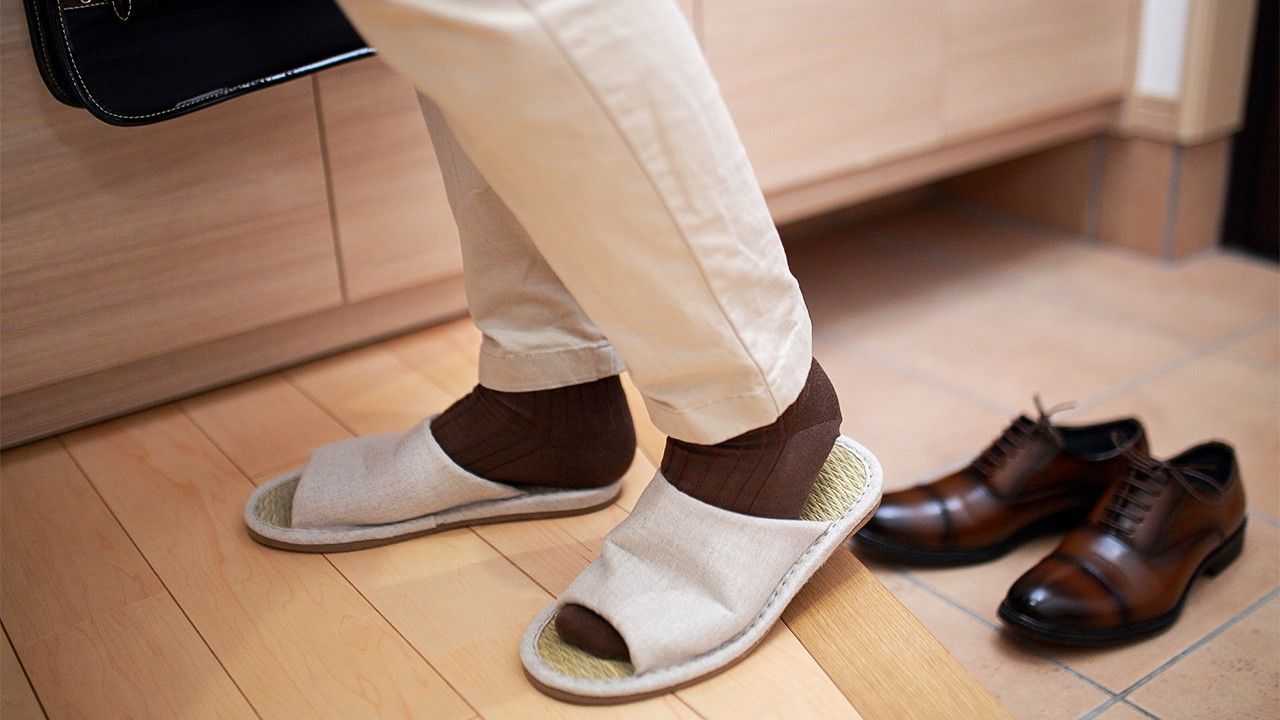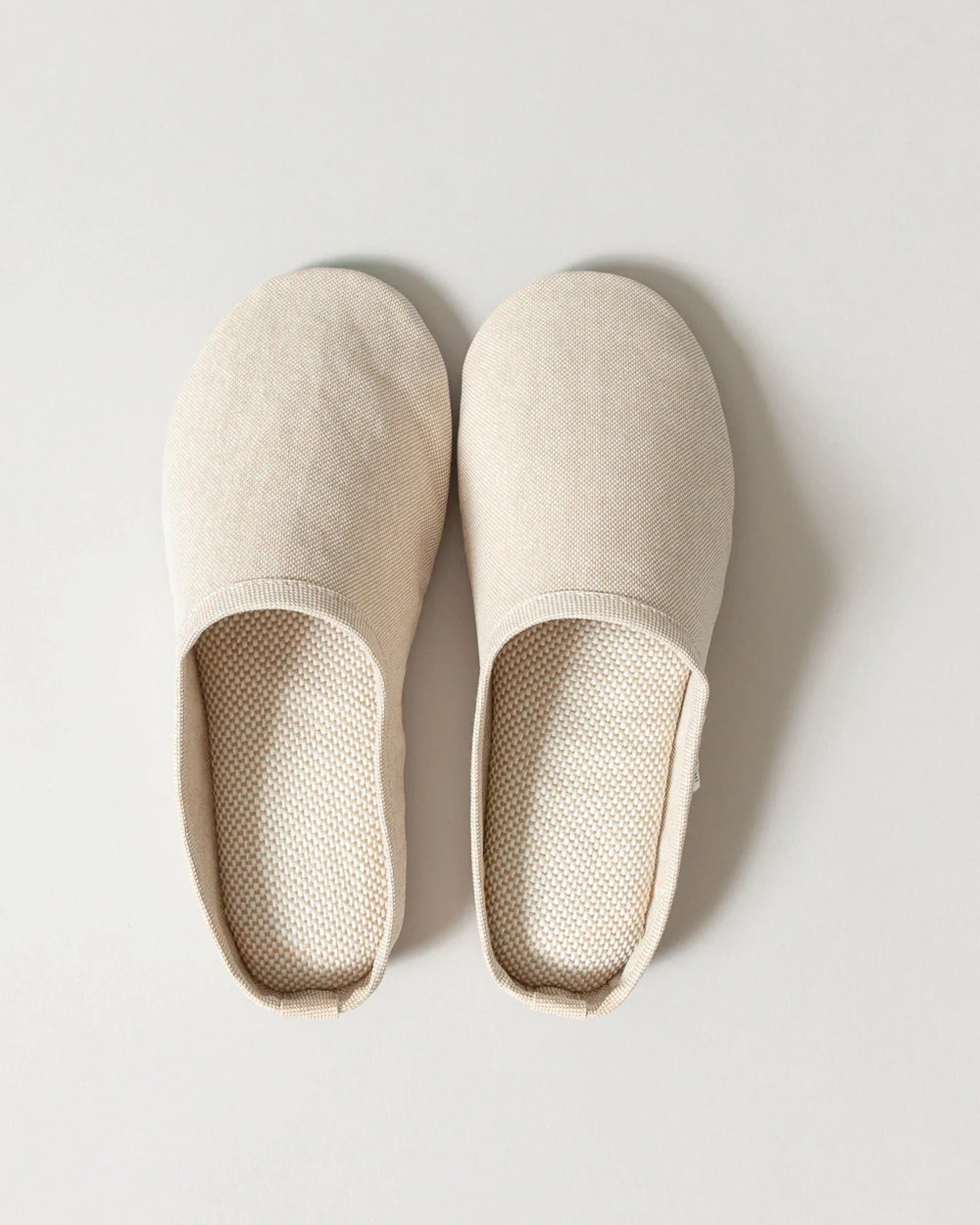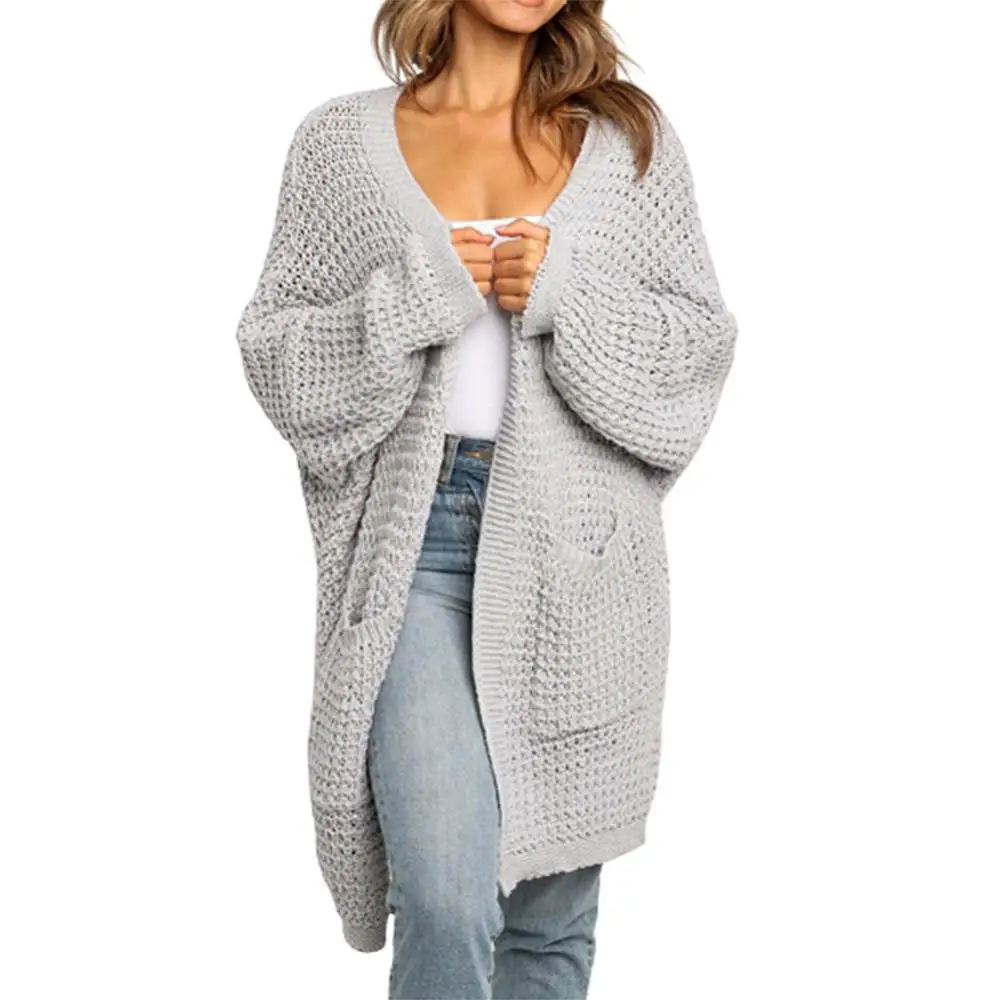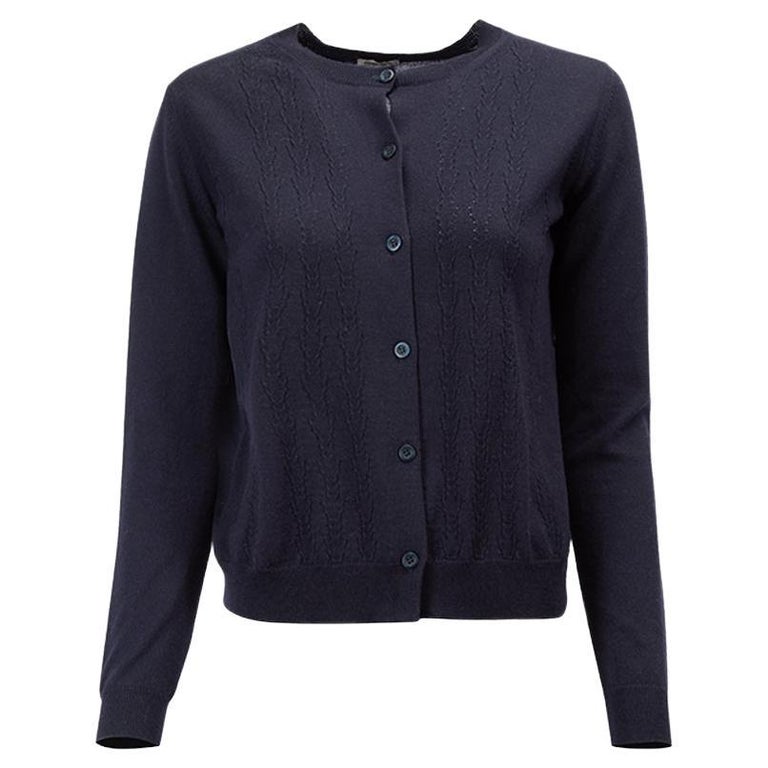From bustling cities to serene countryside retreats, Japanese culture is rich with traditions that emphasize comfort, hospitality, and mindfulness. Among these traditions is the practice of wearing house slippers indoors—a custom deeply rooted in Japanese etiquette and lifestyle. In this exploration, we’ll delve into the history, significance, and design of Japanese house slippers, uncovering the comfort and warmth they bring to every step.
A Brief History of Japanese House Slippers
The tradition of wearing house slippers in Japan dates back centuries and is closely tied to the concept of cleanliness and respect for the home. Historically, Japanese homes featured tatami mat flooring—a natural material made from rice straw that provided insulation and comfort. To protect the delicate tatami mats and keep them clean, it became customary to remove outdoor footwear upon entering the home and slip into soft, comfortable slippers.
Over time, the practice of wearing house slippers evolved into a cultural norm, with families and guests alike embracing the comfort and practicality they offered. Today, Japanese house slippers are a staple in households across the country, reflecting the enduring importance of tradition and hospitality in Japanese society.
Significance in Japanese Culture
Japanese house slippers hold a special place in the hearts of many Japanese people, symbolizing the transition from the busy, bustling world outside to the sanctuary of the home. The act of removing one’s outdoor shoes and slipping into cozy slippers signifies a shift in mindset—a moment of relaxation and renewal after a long day.
Furthermore, wearing house slippers is a sign of respect for the home and its inhabitants. By donning clean, designated indoor footwear, individuals demonstrate their consideration for the cleanliness and comfort of the living space, fostering a sense of harmony and tranquility within the household.

Design and Material
Japanese house slippers are designed with both comfort and functionality in mind, featuring soft, padded soles and lightweight construction for ease of wear. Traditionally, house slippers are made from natural materials such as cotton, linen, or bamboo, chosen for their breathability and moisture-wicking properties.
The design of Japanese house slippers varies depending on the region and individual preferences. Some feature simple, minimalist designs, while others boast intricate embroidery or patterns inspired by traditional Japanese motifs. Regardless of style, the primary focus remains on comfort and practicality, with an emphasis on providing support and cushioning for the feet.
Types of Japanese House Slippers
In addition to the standard indoor slippers worn by residents and guests alike, there are several specialized types of house slippers tailored to specific needs and occasions in Japanese culture.
- Guest Slippers (お客様用スリッパ): Reserved for guests, these slippers are typically placed near the entrance of the home or in the genkan (entryway) for visitors to use upon arrival. Guest slippers are often adorned with decorative patterns or colors to distinguish them from the homeowner’s slippers.
- Toilet Slippers (トイレスリッパ): Found in many Japanese households, toilet slippers are worn specifically in the bathroom to maintain hygiene and prevent contamination of other living spaces. These slippers are often made from waterproof materials and are easily distinguishable from regular house slippers.
- Indoor/Outdoor Slippers (屋内外兼用スリッパ): Designed for versatility, indoor/outdoor slippers feature durable soles that can be worn both inside the home and outdoors, such as on a balcony or patio. These slippers provide added convenience for individuals who enjoy spending time in outdoor living spaces.
Caring for Japanese House Slippers
Proper care and maintenance are essential for preserving the comfort and longevity of Japanese house slippers. To keep slippers clean and hygienic, it’s recommended to shake out any debris and air them out regularly. Additionally, machine-washable slippers can be laundered according to the manufacturer’s instructions to remove dirt and odors.
For slippers made from natural materials such as bamboo or straw, gentle spot cleaning with a damp cloth and mild detergent is sufficient to remove stains and maintain their appearance. Avoid exposing slippers to direct sunlight or high heat, as this can cause fading or damage to delicate materials.
Conclusion: Embracing Tradition and Comfort
In Japanese culture, the simple act of slipping into house slippers represents more than just a practical necessity—it’s a cherished tradition that embodies warmth, hospitality, and mindfulness. From the humblest of homes to the grandest of estates, Japanese house slippers offer comfort in every step, inviting residents and guests alike to embrace the tranquility of the home.
As we navigate the complexities of modern life, the tradition of wearing house slippers serves as a gentle reminder to slow down, savor the moment, and find comfort in the simple pleasures of home. Whether you’re relaxing with loved ones or enjoying a moment of solitude, Japanese house slippers are there to cradle your feet and soothe your soul—a timeless symbol of warmth and hospitality in an ever-changing world.










